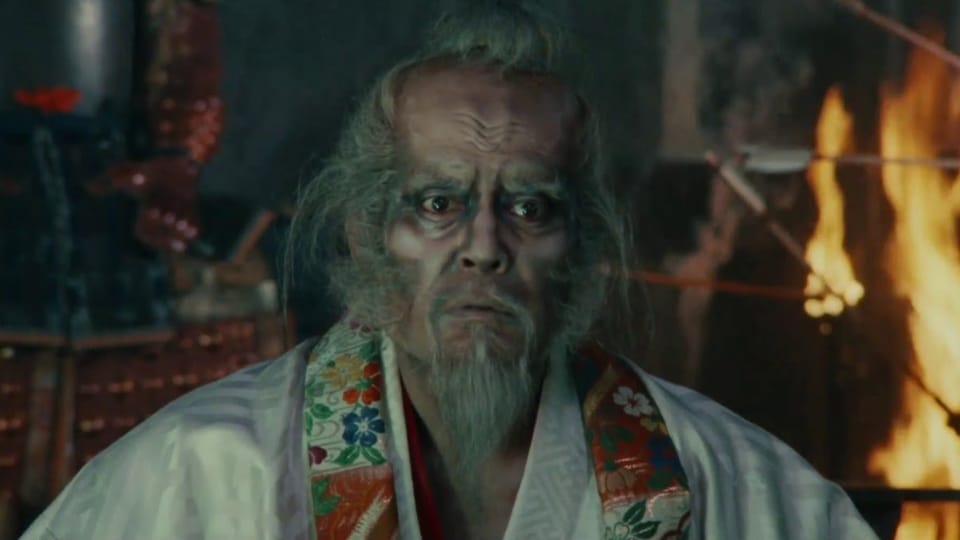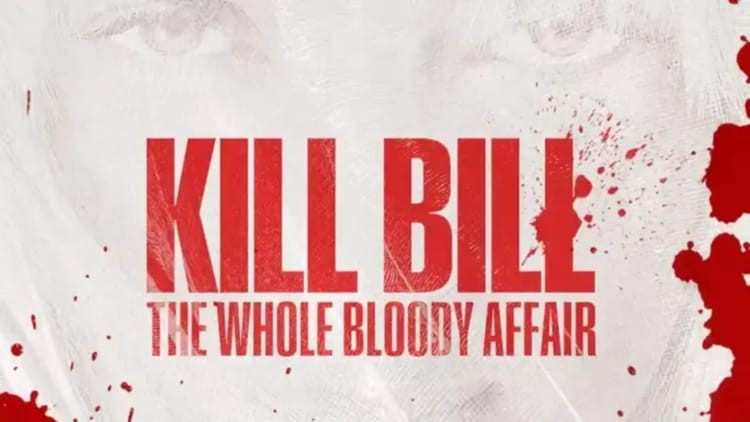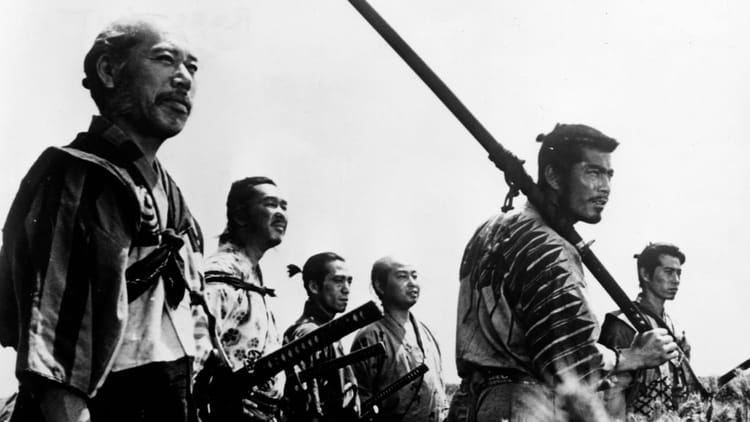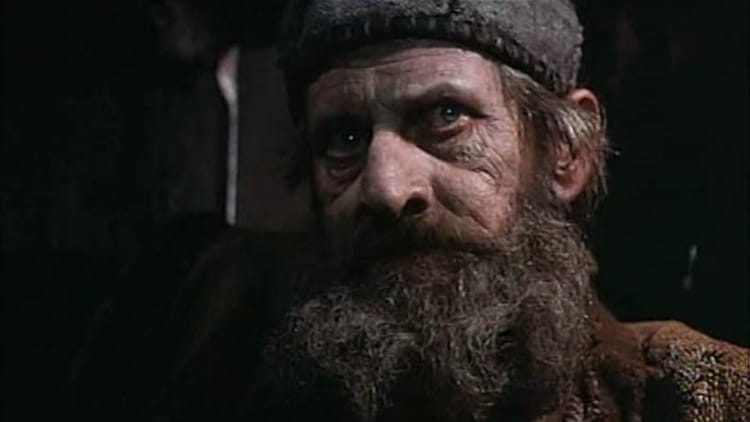Three Sons, One Mad Lord, and Zero Pee Breaks: Surviving Ran in 4K

So, dig this. I just got back from a four-day escape to Indiana—visited my mom, did the dutiful son thing. And here’s the kicker: I’m old enough now to know better than to roll straight from the red-eye into a Monday morning inbox death match. Nah. I pad my return with a bonus day—laundry, coffee, existential recalibration. Grown-up stuff. But then—oh, then—I hit the Digital Gym here in San Diego (yeah, America’s finest, baby) to catch the 4K restoration of Akira Kurosawa’s Ran.
Now let me be real with you: I almost bailed. Ran is a monster, two hours and forty-two minutes of samurai slow burn. But something in me, some dumb macho test of bladder control and cinematic commitment, said, “You sit your ass down and you don’t flinch.” So I did. And let me tell you, no regrets. Zero. This thing didn’t just justify the runtime; it earned it with blood.
Let’s back up. Kurosawa, this legend, this goddamn titan, is 75 years old, half-blind, grieving his wife, and getting ghosted by his own industry. What’s he do? He spends ten years sketching the most badass film he can imagine, hundreds of storyboards, a visual opus, and prays someone’s crazy enough to fund it. And boom: enter Serge Silberman, this French producer with big brass balls and a Buñuel fetish, who throws down the cash and says, “Let’s make some goddamn art.” And art they made.
So what's Ran? It’s Shakespeare’s King Lear, filtered through the cracked lens of post-war Japan and coated in ash and blood. Lord Hidetora Ichimonji, played by Tatsuya Nakadai, is this iron-fisted warlord who’s like, “You know what? I’m tired. You three sons, Taro (Akira Terao), Jiro (Jinpachi Nezu), Saburo (Daisuke Ryu), take the castles, I’ll keep the crown.” Except, y’know, family’s a snake pit. Saburo, the youngest, has the balls to speak truth to power, and for that? Banishment. The loyal one gets the boot while the vipers smile and nod.
And from there? It burns. Taro turns tyrant, Kaede (Mieko Harada), his wife, is this Lady Macbeth-meets-viper hybrid who chews up the screen every time she’s on it. Jiro stabs backs like it’s a sport. And Hidetora? He watches his world implode castle by castle, gets stripped of his soldiers, his pride, and finally his mind. It’s like watching Lear fall apart, but with more arrows, more fire, and a fuckload of color-coded war banners.
Oh, and the battle scenes? Jesus Christ. Kurosawa silences the sound, lets Tôru Takemitsu’s score do the heavy lifting, and you get this opera of death, waves of soldiers swarming, six concubines gunned down, a castle lit like a bonfire from hell, and Hidetora wandering through the carnage like a ghost looking for his own funeral. It’s not war, it’s a goddamn ballet of doom.
But it’s not just blood and flames. There are these tender moments, these brushstrokes of mercy: a son shading his father with blossoms, a jester trying to make sense of madness. The jester, by the way, Kyoami, played by Shinnosuke “Peter” Ikehata, is like if Bugs Bunny dropped acid and wandered into Macbeth. He’s comic relief, yeah, but also this tragic mirror, the last soul standing beside a man who’s lost everything.
Visually? You’d swear the whole film was carved into a Japanese scroll and dipped in fire. Kurosawa shoots with long lenses, static cameras, edits like a surgeon. You’re not in the action, you’re above it, like some cold god watching ants eat each other alive. The costumes, handcrafted over three years, pop off the screen. Emi Wada earned that Oscar like a samurai earns his scars.
There’s this one shot, burned into my brain, of a blind boy alone on a cliff at midnight. No sound. No help. Just this kid teetering over the abyss while the camera holds, dares you to look away. That’s Kurosawa saying, “This is it. This is the end of the world, and no one’s coming to save you.”
And yeah, it’s all set in 16th-century Japan, but Ran is screaming about the 20th century. About blind loyalty, the rot of authority, and how power eats its young. Kurosawa saw the emperor, saw the bombs, saw the fallout, and he put it all in here. This film doesn’t offer hope. It offers truth. Cold, brutal, necessary truth.
In the end, Ran isn’t just a film. It’s a reckoning. A flaming arrow shot across time. A cinematic punch to the soul. Kurosawa might’ve been down and out, but with Ran, he went out swinging—bloodied, brilliant, and immortal.
So if Ran is playing near you, buy the damn ticket. And if it’s not? Stream it. Rent it. Steal it from the gods. Whatever it takes. But see it. Because this isn’t just Kurosawa’s last stand, it’s one of cinema’s greatest.





